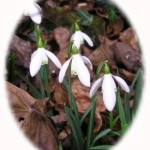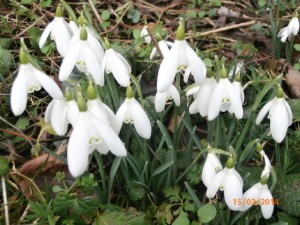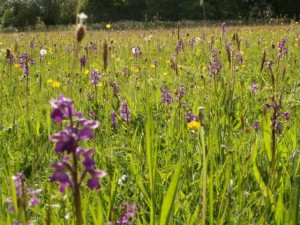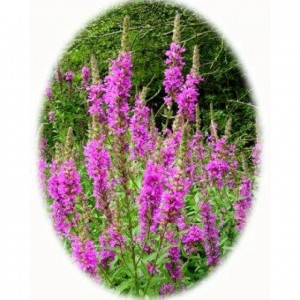In this article we describe how to plant a wildflower meadow using 3 different methods.
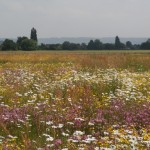
When and how to plant a Wildflower meadow with a grass and wildflower mix
The most common method is to sow a mixture of wildflower seeds and meadow grass. This approach is generally used whenever it is possible to fully clear any existing vegetation and then prepare a bare weed -free seed bed. It is generally regarded as the most cost effective method for medium sized areas and above. Browse our range of Wildflower and meadow grass mixtures
When and how to plant a Wildflower meadow with a pure wildflower mix
When it is not possible to clear the existing vegetation it may be necessary to over-seed using pure wildflower seed. This method is generally less reliable and is only appropriate for low fertility sites that are already vegetated with fine growing meadow grasses and perhaps a few wildflowers. In any event the existing grass should always be cut very short before over-sowing with wildflower seed. To prevent the grasses from smothering emerging seedlings, regular cutting would then need to be maintained until the wildflowers have established. View our range of 100% Wildflower mixtures.
When and how to plant a Wildflower meadow with wildflower plug plants
A third alternative is the introduction of wildflower plant plugs. This approach is usually more costly and labour intensive but has the advantage of giving any wildflowers a head start and can offer quicker, more reliable results. This method is generally more suitable for smaller areas such as mini- meadows or flowering lawns. It is also useful on soils with high fertility, where there maybe a lot of competition from other plants and weeds that can not be removed.
View our range of Wildflower Plug Plants and bulbs
